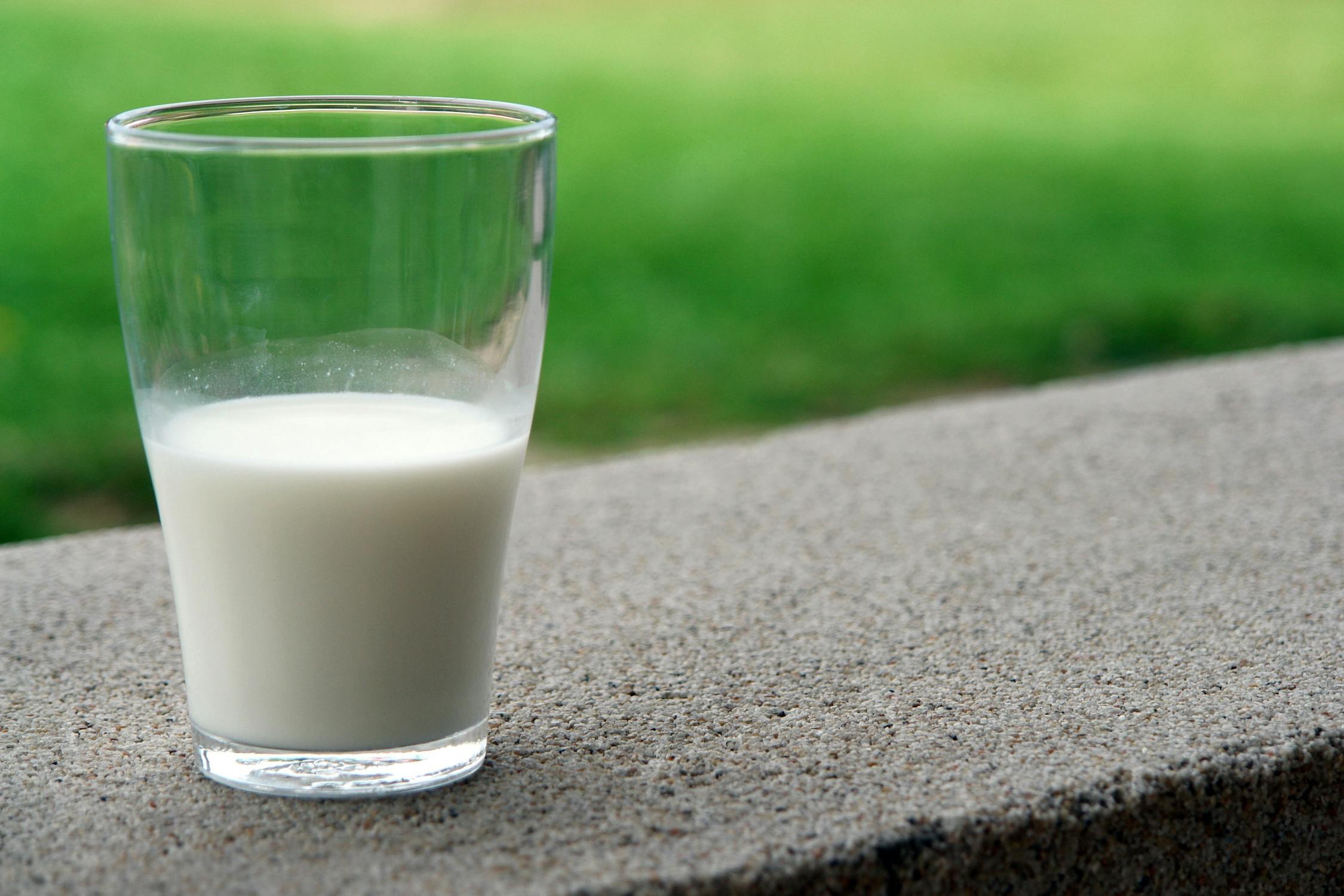Back in the days when the price of milk was controlled directly by the government, there was outrage on May 25th 1979 that the price of a pinta was going up to 15p.
That represented a 10% increase – much more than expected – and meant that a pint of milk now cost three times more than it had just five years previously.
 Making the announcement was Agriculture Minister for the newly-elected Conservative Government, Peter Walker, who blamed the size of the increase on the previous Labour administration. He said his predecessor in the post, John Silkin, had avoided making necessary price rises to protect Labour’s waning popularity in the run-up to the election.
Making the announcement was Agriculture Minister for the newly-elected Conservative Government, Peter Walker, who blamed the size of the increase on the previous Labour administration. He said his predecessor in the post, John Silkin, had avoided making necessary price rises to protect Labour’s waning popularity in the run-up to the election.
“It’s a rise that should have taken place in April,” said Mr Walker. “I inherited a dairy industry whose costs had risen, and producers whose costs had risen also. I hope it will be as long as possible before we have another adjustment.”
In fact, it would only be seven months until the price of a pint of milk went up by another 10% (1.5p) in December 1979. Critics of the new Conservative government were quick to resurrect an old chant aimed at its leader, Prime Minister Margaret Thatcher. When serving as Education Secretary (from 1970 to ’74), she abolished free school milk for children aged seven to 11 as a cost cutting measure, causing protesters to chant “Thatcher! Thatcher! Milk snatcher!”.
Now critics of her government claimed she was doing it again, this time ‘snatching’ milk from the poorest people in society through successive price rises. The one announced 39 years ago today brought widespread condemnation from consumers and milk producers. The Consumers’ Association said it was appalled at the size of the price increase and wrote to the Agriculture Minister demanding a review of the pricing structure.
Meanwhile, milk producers said the sudden price rise would lead to a further steep drop in sales. The previous year the number of pint bottles of milk sold had slumped by an unprecedented 424 million, with rising prices blamed for the drop. Producers also pointed out that only a tiny fraction of the price rises went to them – they were paid virtually the same for the milk they produced while the extra money went to milk processors and distributors.
Again the new Conservative Government blamed its Labour predecessor, which had allowed a 15% pay increase for 43,000 milk delivery staff just before the election, leading to a steep rise in milk distribution costs. And milk wasn’t the only thing rising in price in 1979. Bread, gas and electricity had all experienced steep rises and petrol was up by 6p a gallon, all leading to a choppy first few weeks for Britain’s first female Prime Minister.
Following the second price rise in December that year, the cost of a pint of milk stabilised at around 17p (about 82p in today’s money) with only small rises in line with inflation in the years that followed. In 1994, the British milk market was deregulated following the precious year’s Agriculture Act. It meant major retailers could now drive down the price of milk in competition with each other.
Today a pint of milk costs about 50p, although it is mostly sold in litres in supermarkets and other stores, with a steep decline in the number of daily doorstep deliveries. The main concern now is not the cost of a pinta, but how much of it goes to the dairy farmers who produce the milk.
The National Farmers’ Union has warned that small dairy farmers are leaving the industry in their thousands because the costs of producing milk too often outweighs the money they are paid for it. It means that British milk production is dropping rapidly, with retailers increasingly relying on foreign imports. Some supermarkets are supporting farmers by offering consumers the opportunity to buy milk from which a guaranteed percentage of the sale price goes to the producers. In other cases, farmers have formed their own local co-operatives to sell the milk they produce directly to retailers.
